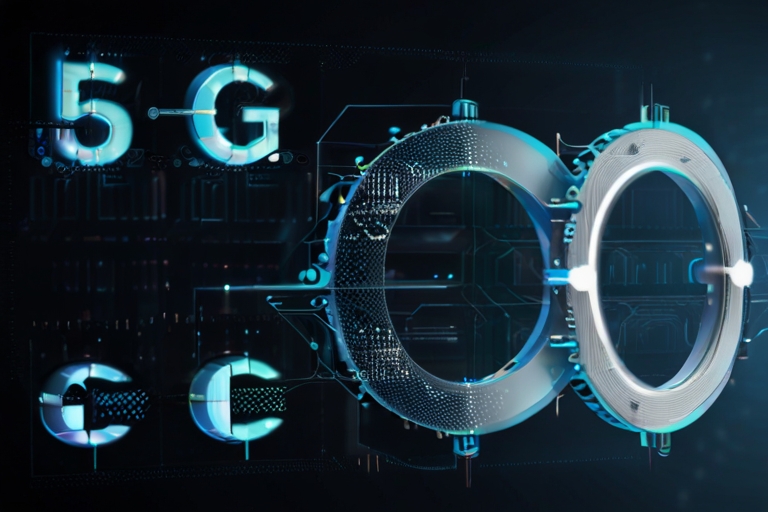Like other fields, communication technology is subject to changes as well, which makes the 6G revolution an important step towards new innovations in digitalization, including speed, low time delay, etc. Here’s a breakdown of what 5G and 6G are and how they work:This is just a glance of what the future of 5G and 6G means, how they work and what they are.
5G (Fifth Generation): The fixed way capacity is now able to transmit and receive a signal at lighting speed is now ahead in curve as well as all trends. It is a remarkable piece that transfers data faster than people could ever envision with the devices it replaces. The rate of failure for airplanes is almost unbelievable. The 5G networks are based on the higher frequency bands and use the latest technologies like massive MIMO (Multiple Input Multiple Output), beamforming and millimeter-wave frequencies which are applied to provide the fast internet and effective support for the different connected devices.
Key features of 5G include:One of the important factors that stands out about this 5G which is:
Enhanced Mobile Broadband (eMBB): Such a feature became the advantage for us. With this feature, you can download and upload files simultaneously, that’s why the music, game, and file-sharing lovers enjoy the experience very much.
Ultra-Reliable Low-Latency Communication (URLLC): The applications that are designed for low latency, for example, self-driving cars, doctors who perform surgeries through the Internet, and the augmented reality are the ones that demand it, and therefore, they should be these applications.
Massive Machine Type Communication (mMTC): Hence, such greater interconnectivity is supposed to be the next stage, which translates to the establishment of smart cities and factories, as well as in the monitoring of the environment.
6G (Sixth Generation): The sixth generation of 6G’s, which can be considered as the last step in the development of 5G wireless communication technology, has elevated cooperation and interconnection rates to such a degree that it would be impossible to imagine their past existence before 5G had been invented. On the contrary, 6G is still far from being invented as it is believed that it will take the technology to the next level when the speeds are faster, latencies even lower and the experience even more fascinating.
Anticipated features of 6G include:The reality is that 5G will be the next development of the revolutionary move of the 5G and the most serious improvements of this technology are that it will enable online gaming, autonomous vehicles, business network, and support of surveillance cameras.
Terahertz Frequencies: The terahertz frequency range, thus allowing to have more data and to have more spectral efficiency, is decisive frequency.
Holographic Communication: Digital transmitting antennas that have been humanized by beamforming and spatial multiplexing and are capable of broadcasting holographics, virtual reality, and telepresence, along with other forms of media.
Quantum Communication: Productive role of quantum augmentation approaches such as quantum key distribution and entanglement to be deployed helps in building tamper-proof and immune communication channels from unauthorized intrusions by information bouncing and eavesdropping. This implies protecting data integrity and ensuring secure transactions.
Considering that not only the deployment of 5G but the research and the very first steps of 6G have already been realized there, scientists and the industry are vigorously working, trying new technologies and setting forth new standards that are intended to satisfy the high requirements of high-speed and ultra-reliable internet in the digital space. Consequently, the 6G deployment with the aid of global expansion and the subsequent information technology development will also revolve the way communication is carried out, as well as it will introduce a new type of advancement on the way we harness the power of two primordial facts: the capacity to collaborate and come up with new ideas that our (inborn) time brings us.


